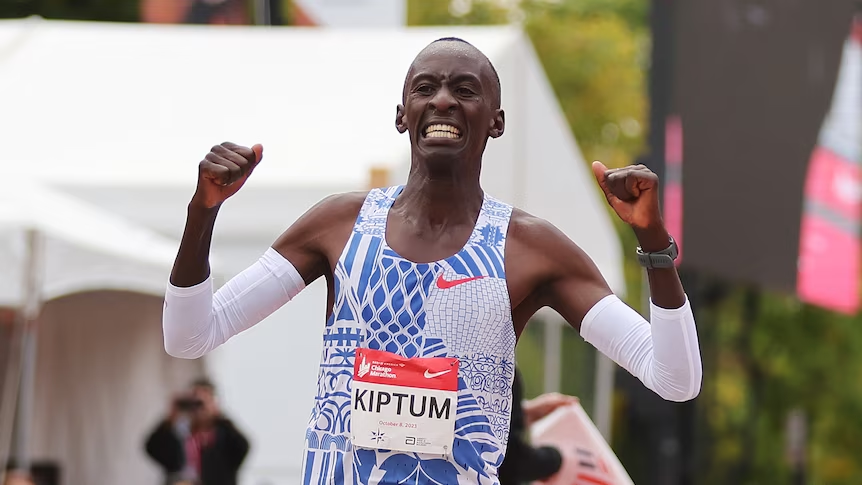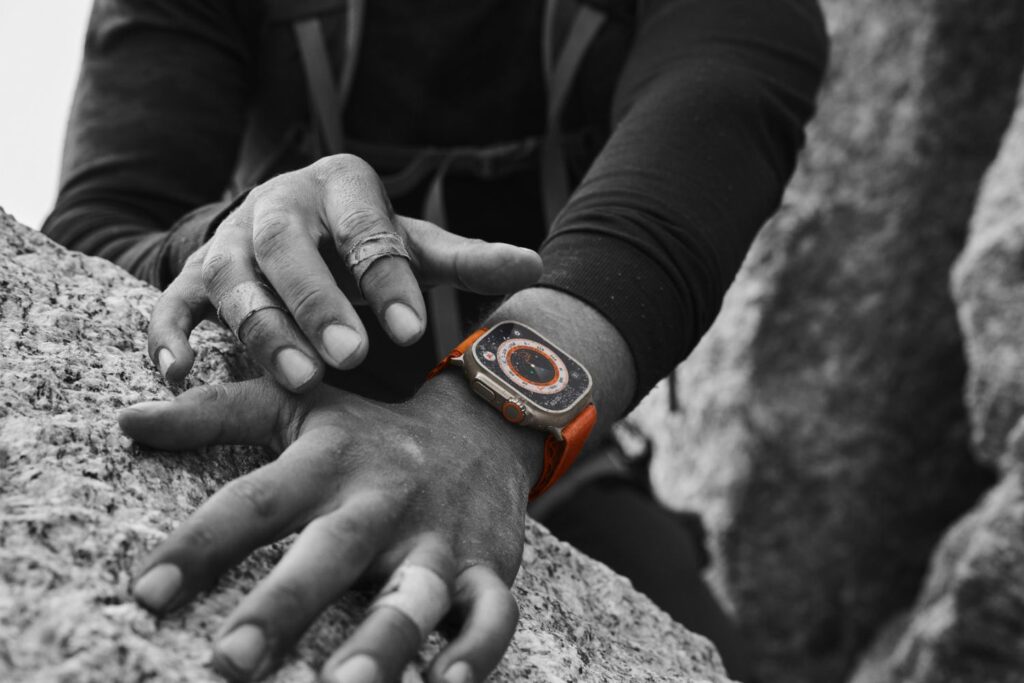For so long, the old adage most men would adhere to is that of “no pain, no gain.” When it comes to running, it meant many of us were ignoring the importance of recovery. Every chance we got to lace up the sneakers and hit the pavement was a chance to improve on a personal best; our intervals were hard, our long runs even harder. It might have made for some impressive stats on Strava, but if there’s one thing we’ve come to learn in 2021, it’s that treating every run like a serious workout actually does more harm than good. If you’re not giving your body adequate time to recover and repair, it’s only going to break down and those days where the effort should be hard will see you come up short.
While running is known for being a widely accessible sport, recovery still remains imperative regardless of your ability. Whether you’re training for an ultramarathon or marathon, looking to PB on a 10km course, or simply wanting to become a more consistent jogger as you’ve picked up running during lockdown, the fact remains that recovery doesn’t discriminate between fitness levels. Regardless of where you are in your running journey, recovery runs still play an important part in your weekly mileage.
For some, the idea of taking a run slow will be laughable. In fact, some simply struggle to peel back the pace. The recovery run might be overshadowed by hard workouts, races and threshold runs, but it’s a crucial part of the weekly routine. So, to help you get the most out of your running and ensure you avoid injury and overtraining as best as possible, here’s a guide to the importance of the recovery run, covering everything from what it is to the benefits.
What is a recovery run?
The idea behind a recovery run is simple. You want to run at low-intensity, easy-effort and typically it’s done within 24 hours of a race or hard workout. Basically, the recovery run serves to stimulate blood flow without aggravating fatigued muscles, allowing the body to better recover and bounce back from strenuous workouts.

The Training Secrets Behind Eliud Kipchoge’s Marathon Dominance
What are the benefits?
While the idea of running at an easy pace might have you fearing you’re time will slow, it actually is beneficial for your body and can even see you progress your fitness level. Even Kenya’s Eliud Kipchoge practices numerous recovery runs in the week. The primary benefit of the recovery run is that it helps your muscles and tissues recover from hard workouts by promoting circulation. By increasing blood flow to muscles, recovery runs deliver oxygen and nutrients to your muscles to help them recuperate and flush out metabolic byproducts. If you wake up stiff or sore from a hard interval session the day prior, a recovery run is far better in speeding up the recovery process than spending a day sedentary on the couch (unless of course it’s a scheduled rest day in which case you should most definitely rest).
As well as promoting circulation in the body, recovery runs also minimise the risk of overtraining. It allows you to get mileage in and develop an aerobic base as a runner while reducing the impact and strain on your muscles, tendons, bones, ligaments and cartilage. By moving at an easy pace, the impact forces on the body are lower, reducing the repetitiveness of running the same pace all the time. As well as this, the easy pace reduces the physical burden on the body and will give it the break it needs to not become too overtrained or fatigued.
Another benefit of the recovery run is that it allows you to focus on form. During high-intensity interval workouts or hard runs, form can often come second-place to speed and timing. But when the focus is on simply recovering, it allows you to tune into your body, connect with how you feel, and work on things like running posture and form. By practising these things at an easy pace, it becomes easier to adapt them to your harder efforts.
Recovery runs also help your body to become more efficient at using fat. During low-intensity exercise, the body relies more heavily on fat as fuel which means spending time training in these zones helps the body become more efficient at mobilising and metabolising fat, which can translate to the ability to run longer and at higher intensities without crashing or hitting the infamous “wall” when the body runs out of glycogen stores.
When should you do a recovery run?
Most coaches would suggest that the recovery run be done after every high-intensity workout or hard effort. This includes things like tempo runs, threshold workouts, hill repeats, track intervals or mile repeats, and even races. After these hard workouts, most runners should plan to do a recovery run for the day after. For professional runners or those who “double” or run twice a day, the recovery run is usually the second of their two workouts.
How do you know you’re doing a recovery run?
The idea is to take is slow and easy, and a general rule of thumb is to keep the recovery run at a pace that allows you to have a conversation with say, a running partner. If your run was on a scale of 1 to 10 for effort, the recovery run should be kept between 3 and 5. It’s not so easy so as not to be effective, but also not hard enough that your body can’t recover. If you’re training by heart rate, you want to make sure your heart rate stays below 70 per cent of your maximum during your recovery runs, though even lower (60-65 per cent) is ideal.
How long should a recovery run be?
Duration is critical when it comes to the recovery run. You might think you’re recovering as you’re keeping a conversational pace, but if you’re running a marathon then it’s less likely that you’re recovering. Most runners should aim for 20 to 40 minutes for their run, to ensure they’re not taxing the body. This will also depend on your fitness level, weekly mileage and the race distance you’re training for.
















